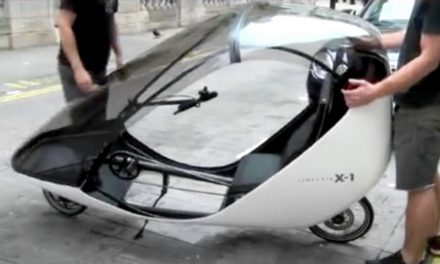Just a few days ago, the US-based SRAM announced a new derailleur system that is about to change the world of mountain bikes and probably all bicycles pretty soon. Of course, all the variations are wireless, as is common for high-end gear systems from SRAM in the last years, and the name is, also not surprisingly, Eagle. Except for the rear derailleur, there were also cranks, shifters and chains introduced, but the derailleur is the most interesting by far. The major difference is that the new derailleur no longer uses the derailleur hanger, and it does mount directly on the frame. And it mounts from both sides of the dropout. Thanks to its design, the derailleur is way more robust, it changes gears more precisely, and the risk of damaging it is much smaller than before. You can see all its features in the following 5 min. long video from SRAM; if you want to go even deeper, there is one about 15 minutes long as well.
Of course, both videos talk about the use on mountain bikes and e-bikes, and we won’t see it on recumbents in the near future. Why? Because none of the recumbent brands produces so many units of high-end models for which, the high price of the new system would be justifiable. In addition, most customers are elderly and prefer classic solutions instead of modern electronic systems that must be charged and set up via apps on mobile phones. And last but not least, such a system requires unique rear fork dropouts. These are compatible with the SRAM Universal Derailleur Hanger (UDH), which can also be used to hang a classic derailleur. Still, this system is not yet available on any of the recumbents. At least, as far as I know. The closest to adopting this style of rear dropout might be Catrike, which has been using SRAM on all their trikes, or one of the small manufacturers for whom it’s not a big deal to make a custom frame. So we’ll see when the new derailleur type will appear on the first recumbent bike.
So why do I even report about it? Well, first of all, I like to see modern technology spreading across the bicycle industry. All the wireless solutions, smart lights, and helmets, and although I do have some doubts quite often, and I personally use only the mechanical components still, I think we will all benefit from it sooner or later. And I also think we, as a recumbent community, should not fall behind the evolution in the bicycle world, and we should have at least some overview of what is going on among the upright bikes. And this is a big thing now.
🎥 Sunday video: New revolutionary rear derailleur from SRAM





